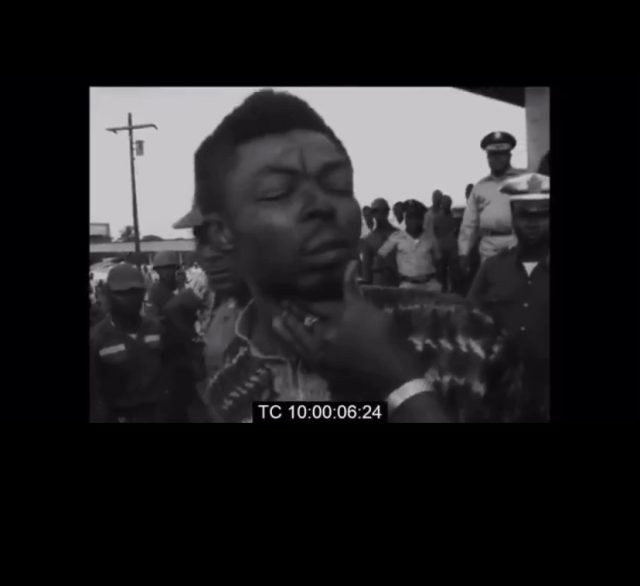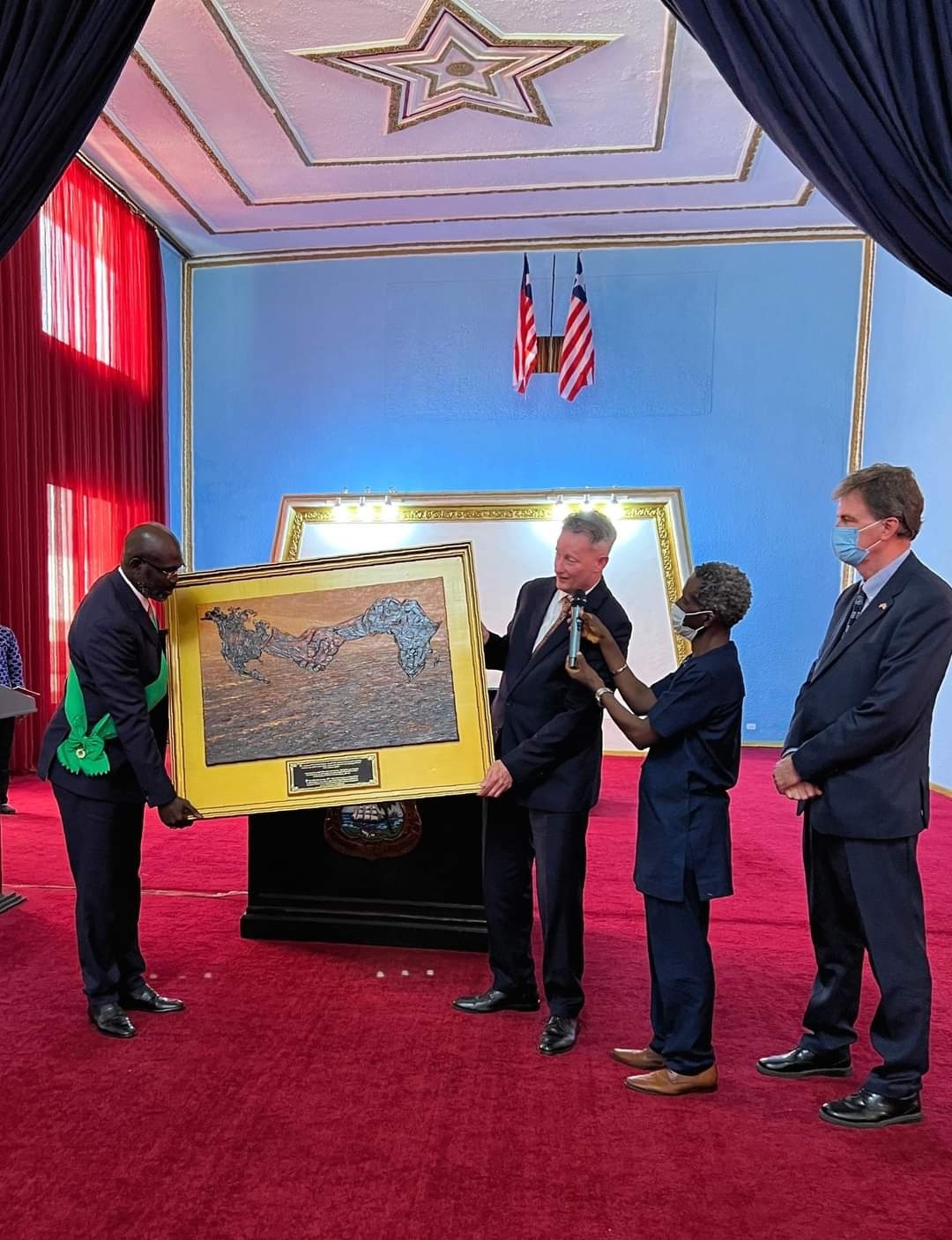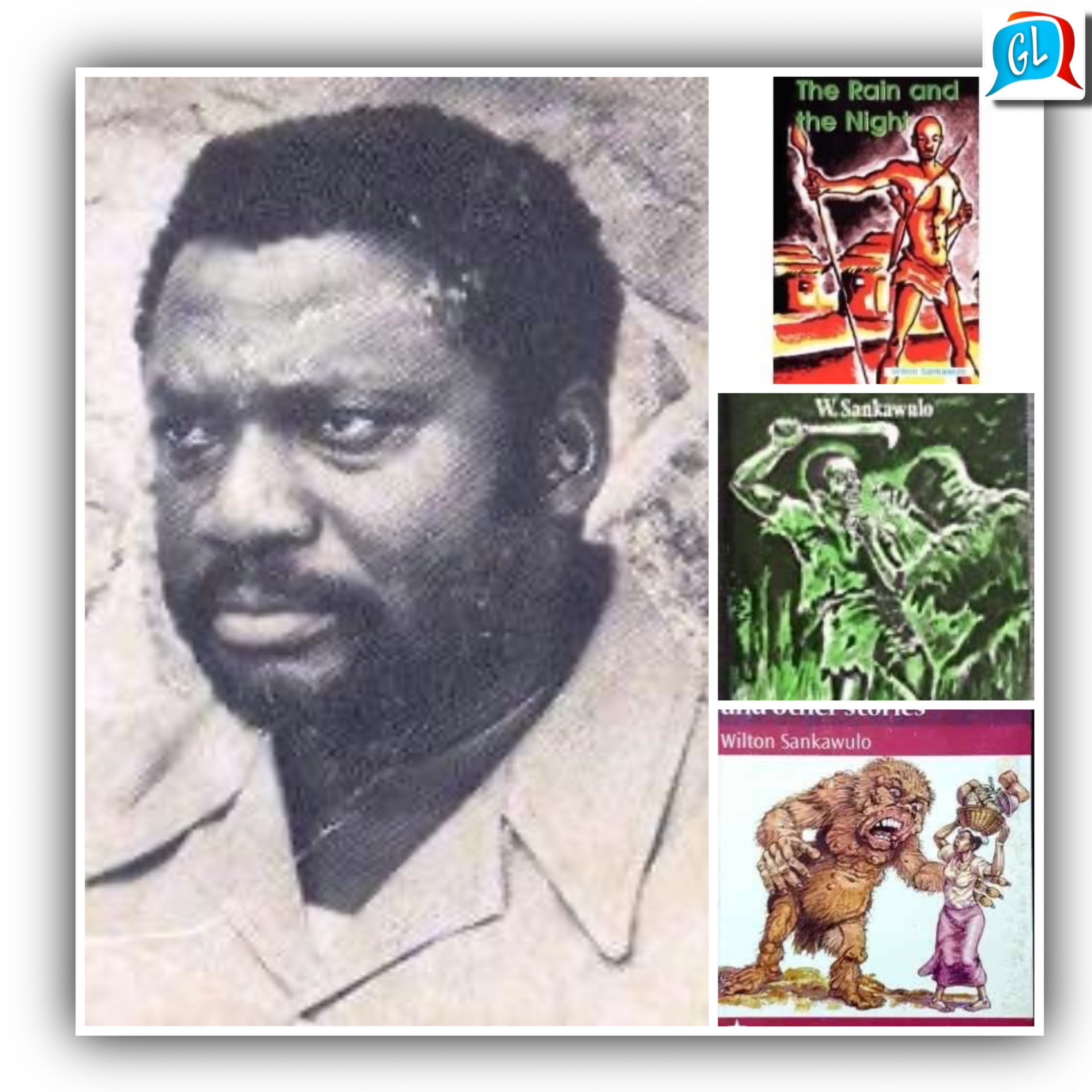Published on Sep 28, 2019Sunday, November 23rd 1969. Footage of the arrest and detaining of Dr. Justin Obi, a Nigerian Chemistry professor in Liberia. He was accused of killing, Dillard H. Brown, a Black American Episcopalian Bishop of St. Luke’s Church in Monrovia. The Bishop was shot in his office at the Chase Manhattan Bank Building in Monrovia on Wednesday, November 19 1969. Claude Nadar, he bishop’s Syrian business manager was also killed.
His female English secretary was critically injured and a male cleaner and the bishop’s driver were also injured. Police claimed that Dr. Obi told them that he drew a gun on the bishop ande that it went off when someone behind him knocked his hand. After this this, he told them, he then lost his head and began firing at random. President William Tubman announced that the bishop would be given a state funeral while the country’s Attorney-General, James Pierre warned Liberians not to attack Nigerian residents in reprisal for the shooting. This was because police and soldiers were deployed to market places when Liberian women traders chased out Nigerian women and destroyed their goods, claiming the murderer was a foreigner spoiling Liberia’s good name. Source: Reuters News Archive. Notes: 1. Dr. Obi who was also known as Jus Maduka Obiamalu, obtained his Ph.d from a university in the United States. 2. Obi had been an instructor at Cuttington College and Divinity School in Suacoco, Bong County, an institution of higher education owned and operated by the Episcopal denomination, of which the late Bishop Dillard H. Brown was head. 3. At some point, Obi’s employment at the institution was terminated and he was deported from the country to the United States where he had been resident. 4. Obi re-entered Liberia on November 19th and went to the office of the Episcopal Mission situated in the Chase Manhattan Plaza where he shot his victims. 5. At his trial, Obi sought to rely on the defence of insanity which was rejected.
He was convicted of murder on Monday, March 30th 1970 and executed by hanging in November 1971. It was Liberia’s first hanging for 27 years. 6. His death warrant was signed by President William Tolbert who rejected pleas of clemency by the Nigerian Ambassador to Liberia. Excerpt of Particia Newiss’s testimony at Obi’s trial: “At 4 P.M. the door opened and Mr. Justin M. Obi came in. He came forward toward my desk.
I asked him who and what he wanted, he did not reply. He continued toward my office towards Mr. Nader’s. He still said nothing to me. I repeatedly asked what he wanted. He then turned round and came towards my desk. I then asked again if I could help, if not he should sit in the waiting area until either Mr. Nader or Bishop Brown would see him. At this time he was standing at the front of my desk. He then turned around and came beside my desk and he started looking through papers and envelopes. At this point I stood up and asked him to put the papers down as he had no right to touch the papers. At this time Bishop Brown came from his office and looked over to Mr. Obi. Right up to this time Mr. Obi had not said one word and Bishop Brown had not been given a chance to speak. Obi took out his gun and shot Bishop Brown.
I gasped and ran forward to catch Bishop Brown, Obi turned around and shot in my mouth. The next thing I was on the floor and I prayed. While I was on the floor, I couldn’t speak, I couldn’t read. I just held my face and prayed. While I was on the floor I heard shouts and screaming and three more bullet shots. All of this time I did not see Obi again. As I was lying, my face down on the floor at this time, I then crawled over towards Bishop Brown’s office, he was this time dead. I was at this point so angry that such a wonderful man could be murdered in cold blood. I refused to die. I then crawled over behind my desk, still unable to speak. At this point Kamara, the driver, was shouting, ‘It’s not me, it’s not me.’ I, of course, knew it was not Kamara.”












